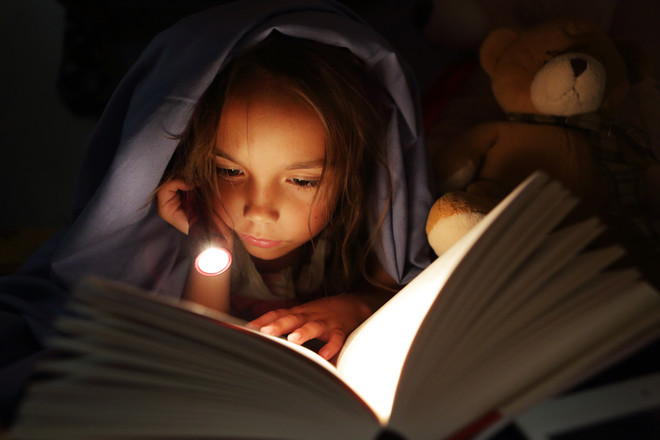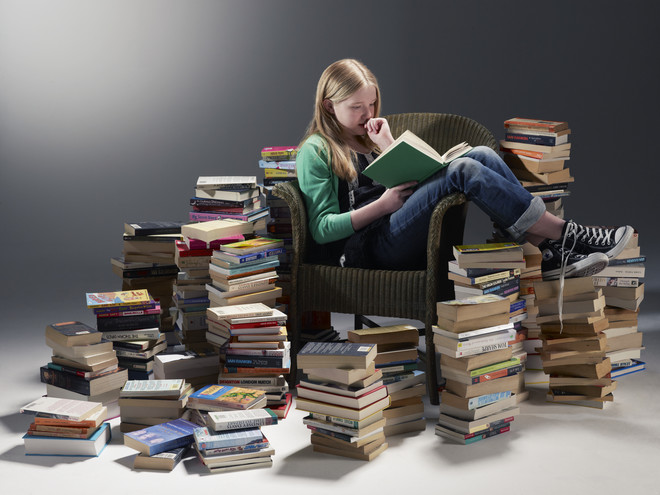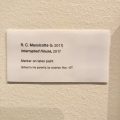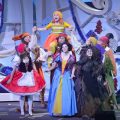My mother likes to tell a story about how toFor three years she twice showed me cubes with letters. And when I returned from work, I already knew how to read. Six months later, I was booked in the library near the house, and I was there as the youngest reader with the most books I read. I could add a share of skepticism to this story if I had not had a similar story with my son myself. He spoke late, after two years. But in two years he already knew all the letters perfectly - I called him, he poked his finger in the alphabet. He did not read syllables ever, at once smoothly, beautifully. Now he is almost six, and he reads almost as fast as I do. An exhausted childhood? In no case. No one forced or coerced him. But there were always books around him, and my job was simply to make it interesting. "How did you do it?" - This question is asked to me by many friends. But that's it. Photo: GettyImages
Photo: GettyImages
Read aloud
The little ones just like to listen to the voiceparents, to understand that they are nearby. Then to learn the plot. And even when the child has already learned to read, do not brush off his requests to read aloud. For now, reading is not so easy and simple for him. And sometimes you just want to listen to an interesting story, and not get confused in a palisade of letters. Start a tradition: you read to your child before bedtime. He will definitely enjoy it.
Read regularly
Teachers talk about the necessary minimum inten to fifteen minutes a day. Let us repeat, it is good to read before going to bed: the memory records the last events of the day and processes them in sleep. If the child is already learning to read independently, it is better to break the lessons into small blocks - seven to ten minutes. And again, let us repeat: for him, this is not yet a pleasure, but hard work. But also interesting.
Collect the library
The child will be pleased to have his own bookstore.collection. You can buy literature for "growth". If the child has identified his favorite authors, go shopping with him and let him make his own choice. This is how we have recently collected a complete series of "Jingliks". You can get a book with the author's autograph (writers often hold autograph sessions in bookstores, for example). The knowledge that the wish was written by "the person who came up with this story" increases the significance of the publication in the eyes of the child. By the way, it would be a good idea to add books from your own childhood to the child's library. Perhaps you have old editions. You yourself will enjoy rereading once-favorite books.
Explain
If you encounter something complex and unfamiliar in the textword, pause, explain its meaning. Ask him to repeat it. It's good if he then uses this word in the retelling. Sometimes it's worth retelling some event described figuratively in simpler words for small children so that they understand what lies behind complex phrases. Photo: GettyImages
Photo: GettyImages
Read it yourself
A child who sees his parents from infancywith books in their hands, absorbs this interest and craving for literature. And many parents have not picked up a book for six months, but to "get mad" at a child for grabbing a tablet instead of books is a joy. Set a good example. It was not difficult for me to teach my son to read, I did not squeeze out the love for books, I simply shared it with him.
Play and discuss
Turn on your imagination and add a little actingmastery. Speak in different voices for the characters, place emphasis. The kid will appreciate the theater of words, even if he does not fully understand their meaning. Involve the child in the game, for example, pause in the middle of a phrase and ask him to guess what will happen now. If the text is already familiar, deliberately mix up the sentences and plot lines. Excellent training in attentiveness. Show the child where some frequently repeated word is written. He will remember it - children have excellent visual memory. Next time, point out this word to him, he will “read” it himself. There will be an interest in recognizing words among unfamiliar hooks. At the end, ask the child what he remembered from the book, what he understood, what he liked the most, what, in his opinion, the book teaches. Do not be upset if everything does not work out right away. Memorizing the text and repeating it without losing the thread is not an easy skill. Start with a joint retelling: the child will tell the simpler outline of the story, and you will tell what is difficult to remember, small details. By the way, scientists consider this method to be very effective based on research into the brain. - Interactive reading works like a "turbo speed" for the child's brain, developing the ability to read and write, and especially to comprehend and understand what has been read, - says John Hutton, an employee of the Medical Center at Children's Hospital of Cincinnati. - Parents, reading to preschool children, should involve the child in the process, asking questions, allowing him to turn the pages and look at the pictures. Photo: GettyImages
Photo: GettyImages
The main thing is to start
For the little ones, buy books with pictures.The modern publishing world, understanding the needs of a baby, makes books for babies that are not scary, and sometimes even necessary, to put in their mouths. Rustling, with teethers, made of soft fabric, with rattles. When a child begins to understand that this is inedible, you can buy him books with thick cardboard pages so that they are easy to turn. But at the same time, keep an eye on the baby: he will not mind scratching his gums with them. At three years old, fingers gain enough dexterity to turn regular pages. So you can buy regular books, but help turn them and make sure they do not tear - patience and accuracy are not always enough. If you read to your child, the font is not so important, but if you expect him to read on his own, large letters are needed. As for the content, it is better to start with poetry. Rhymed lines are perceived easier than prose. So up to a year, give preference to short poems. For example, Agnia Barto's "Toys" are ideal. Then move on to simple fairy tales - both in prose and in verse. By the age of four, children will be interested in stories that develop their imagination, and younger schoolchildren can master fairy tales. It is also useful to know:









